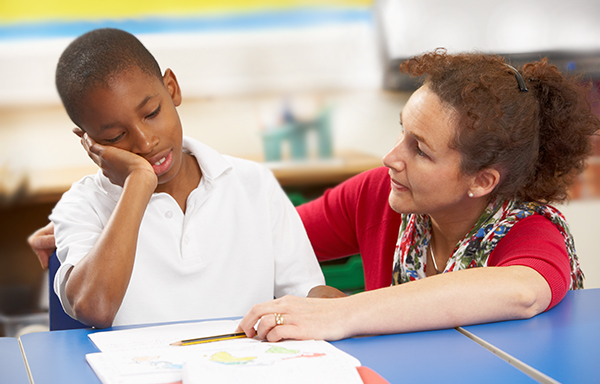Talking about war with children

The recent conflicts between Russia and Ukraine have touched us all. The outpour of support for Ukrainian refugees in this crisis, particularly from schools and school children has been heart-warming to see.
Watching the events unfold on the news and hearing regular updates has, I am sure, made everyone feel a huge range of emotions: anger, sadness, sympathy, helplessness.
As a mum of 4 children, ranging from age 4 to age 14, the conversations about war are currently frequent, varied and pop up at the most unexpected times. It can feel draining and challenging.
This is going to be a particularly confusing time for children and young people who have speech, language, and communication needs. The events do not appear to follow a logical sequence, and the usual rules of humanity have been cast aside. They may identify that something is happening in the world but are unable to understand what it is, what it means and the effect it might have.
How do we introduce and support our children to understand and feel safe? Here are a few pointers that I have found useful when having conversations with my children:
- Time to talk. Having conversations with children about this worldwide event may feel like the last thing you want to broach with them. This is understandable- it throws up so many questions and unknowns. But children will be absorbing some of this information and the emotions which surround it. It is therefore in everyone’s best interest to have the conversation when the moment arises. You know your child the best and will be able to gauge the level of information you give them. Often, my children with broach a question about what is happening in Ukraine whilst I am cooking dinner, washing their hair or doing something relatively mundane and unrelated. This is the time they have chosen to ask and so I use this opportunity to share information and to answer questions and clearly and honestly as I can.
- Remember their age and stage. A young child may not need the same amount of detail as an older child. A 4-year-old for example, may respond better to a short clear summary: “Countries are fighting and the people living there have to find somewhere safe to go”. An older child may ask more probing questions, such as “Why are they fighting?” or “are people dying?”. It is important to be clear and honest, but also to offer hope. I have tried to share a level of information that will let my children know what is happening, whilst not planting new seeds of worry
Some children with SLCN will struggle to understand the sequence of events. Drawing pictures of these events to explain what has happened is a helpful way of conveying this. Of course, there are some unknowns about what will happen next, which is where some reassurance comes in:
- “Look for the helpers”. There are always good people in the world who are helping. And, similarly, there are millions of people who want this situation to end. Using positive language with children with SLCN can help with this. Rather than commenting on what is not being done, or the problem, focussing on what people are doing to help can be a useful way of conveying this. Reassuring your child that there are lots of people, all over the world, working to help: to end the war and to make sure the people are safe and cared for.
- But what can I do? Giving a child a way of helping can be a useful way of actioning the feeling that their anxieties induce. There are many charities asking for donations and an abundance of fundraising opportunities for your child to be involved with. For a child with SLCN, this provides a tangible next step, supporting them to understand the problem but also to play a part in the worldwide community of helpers.